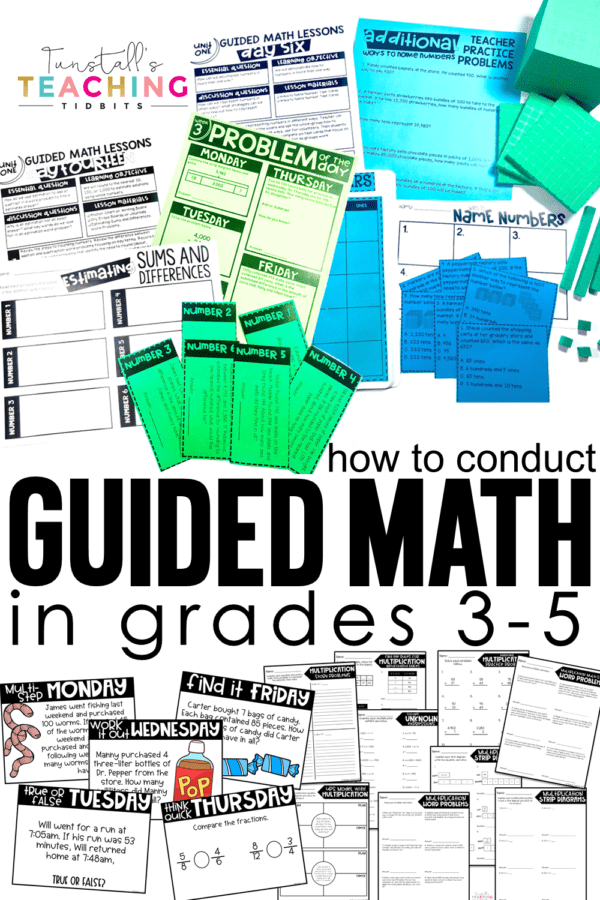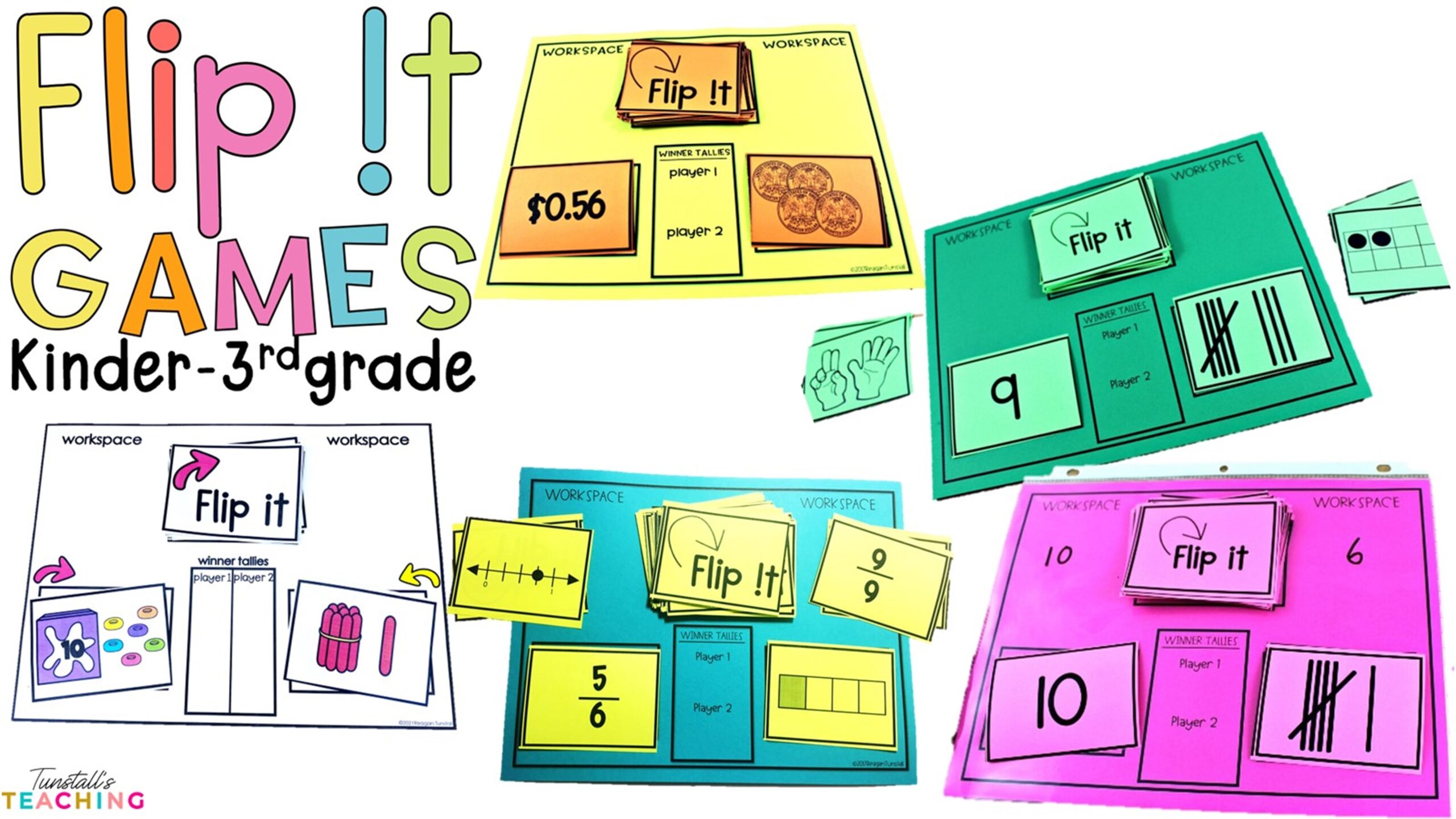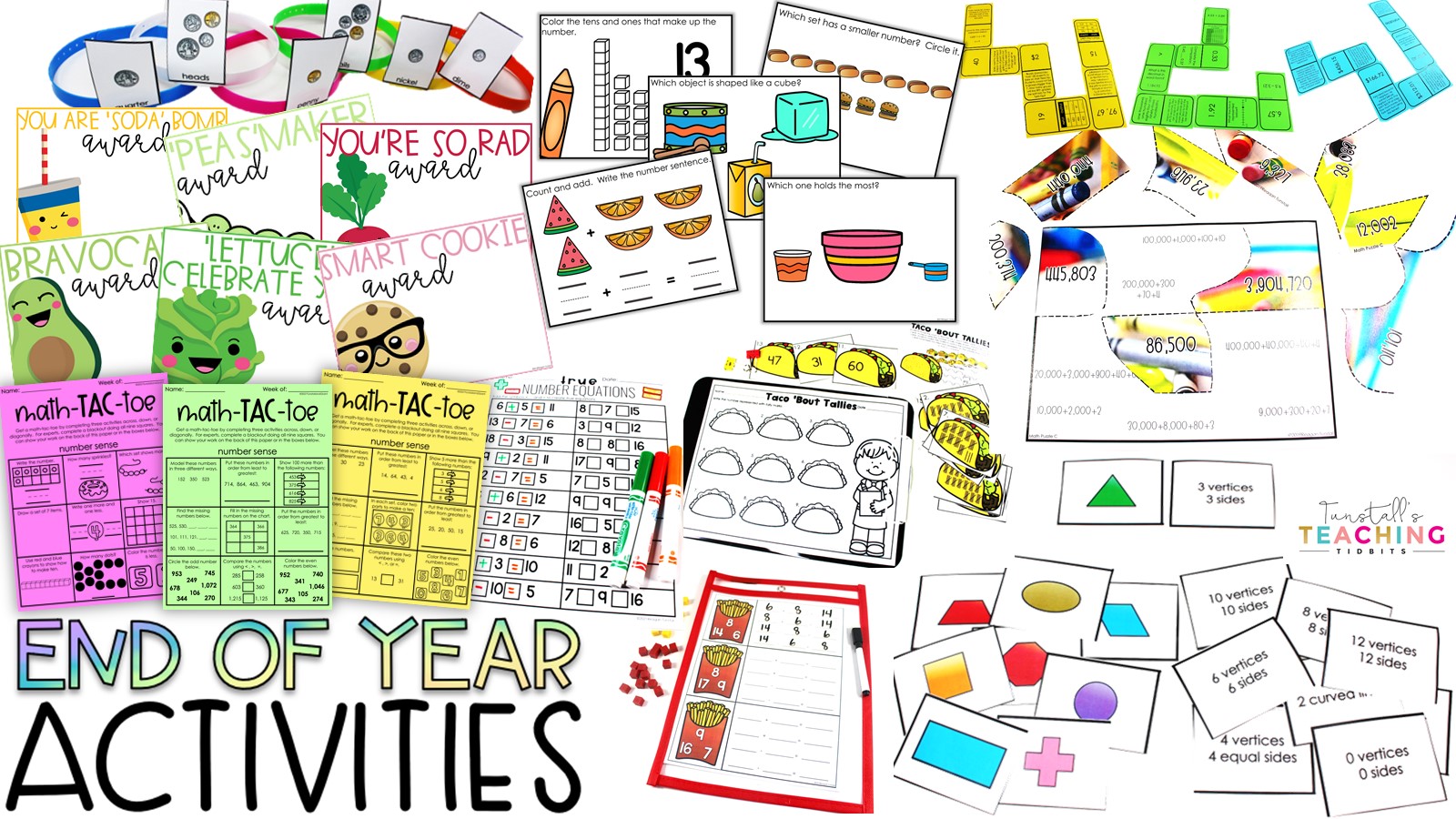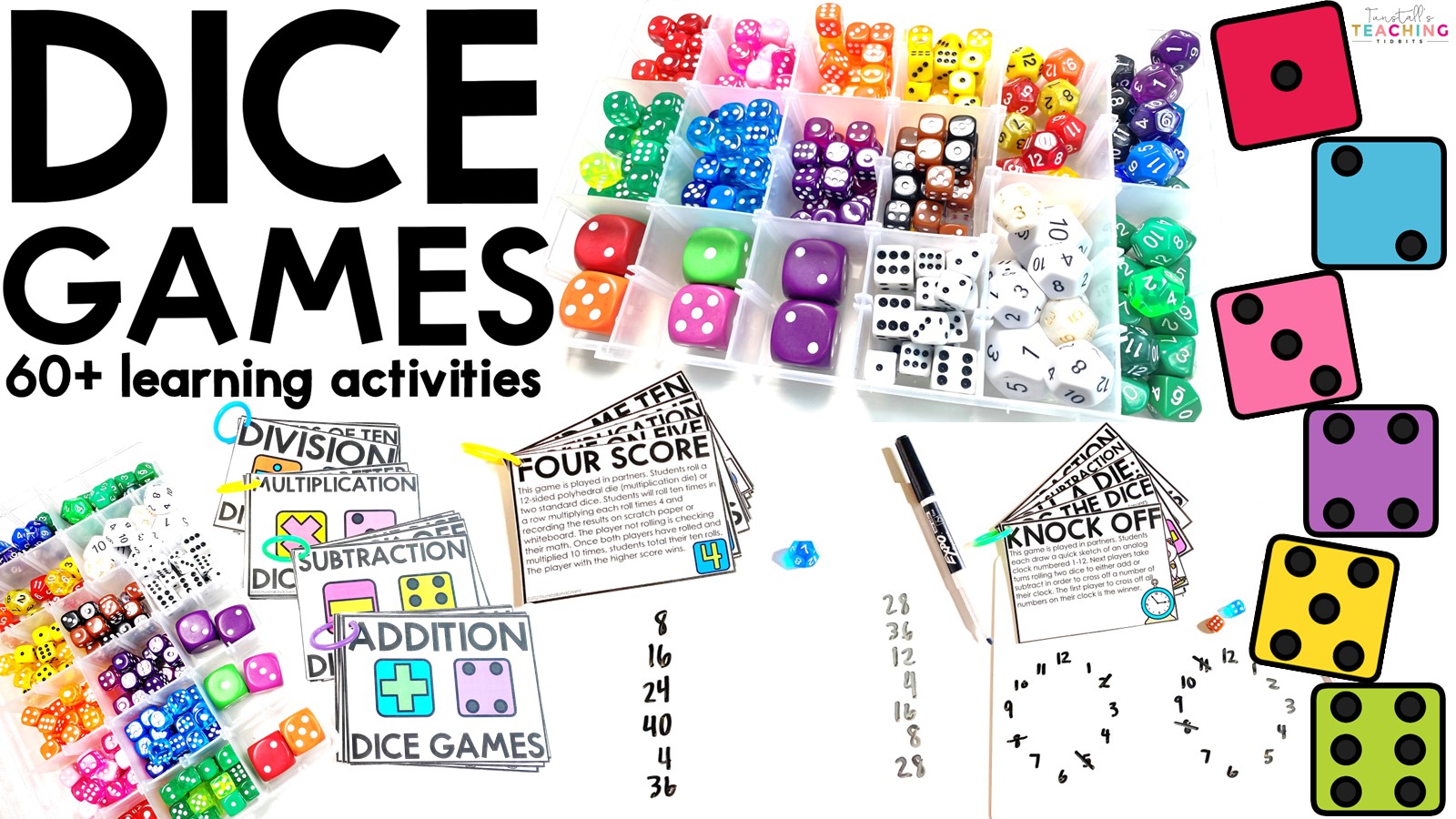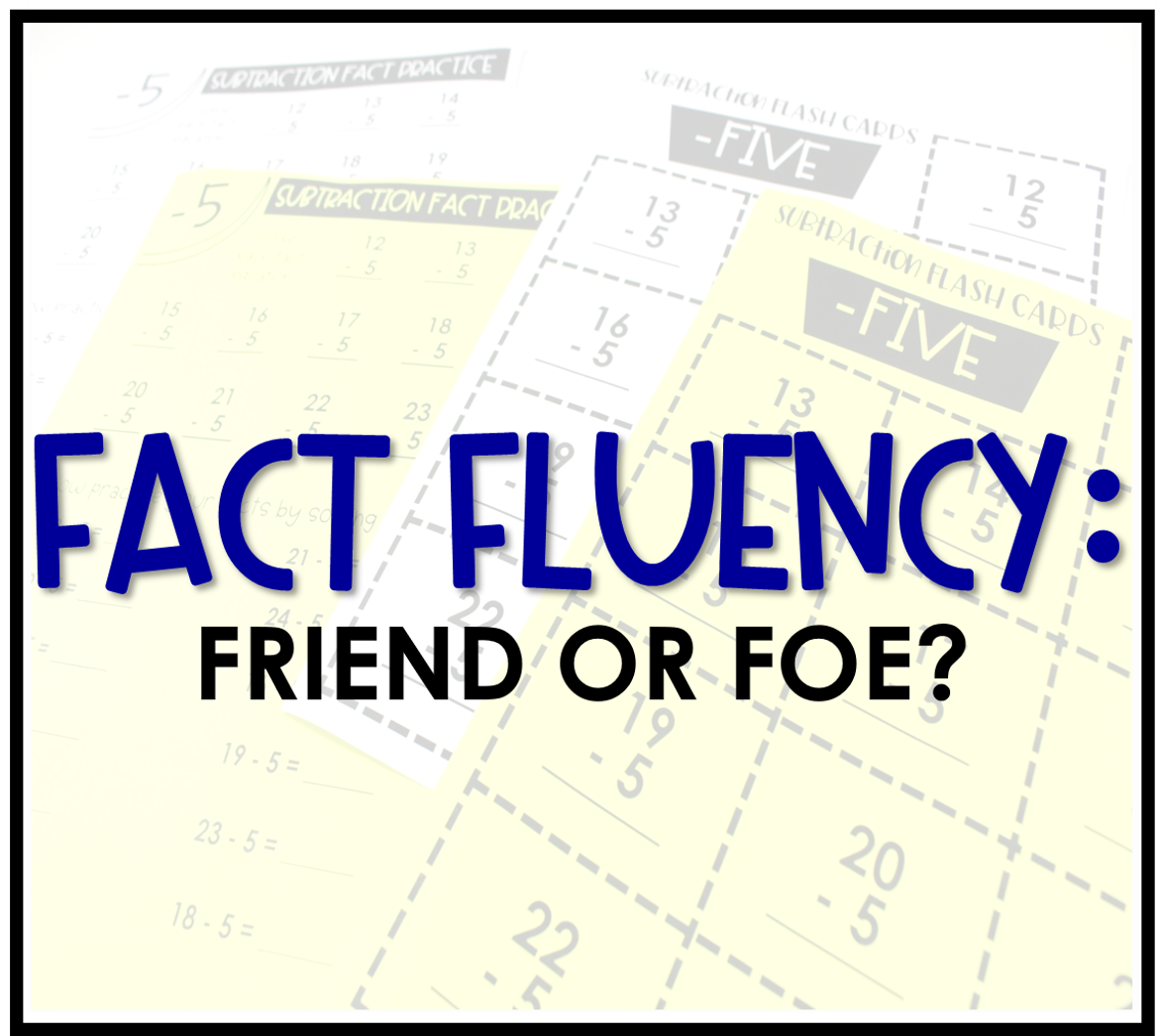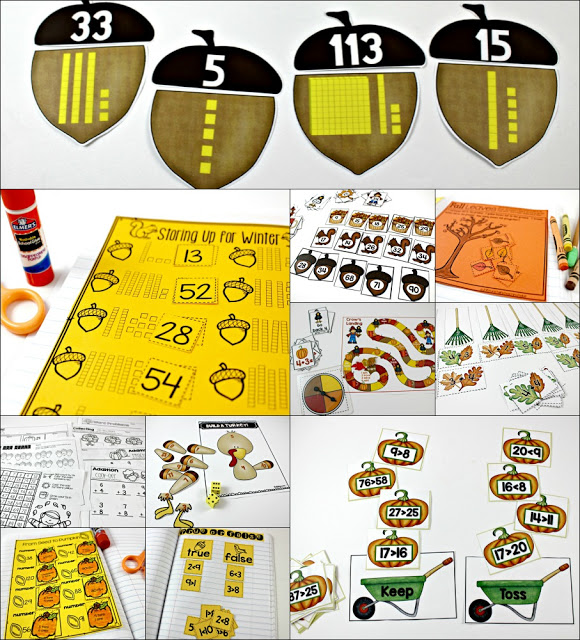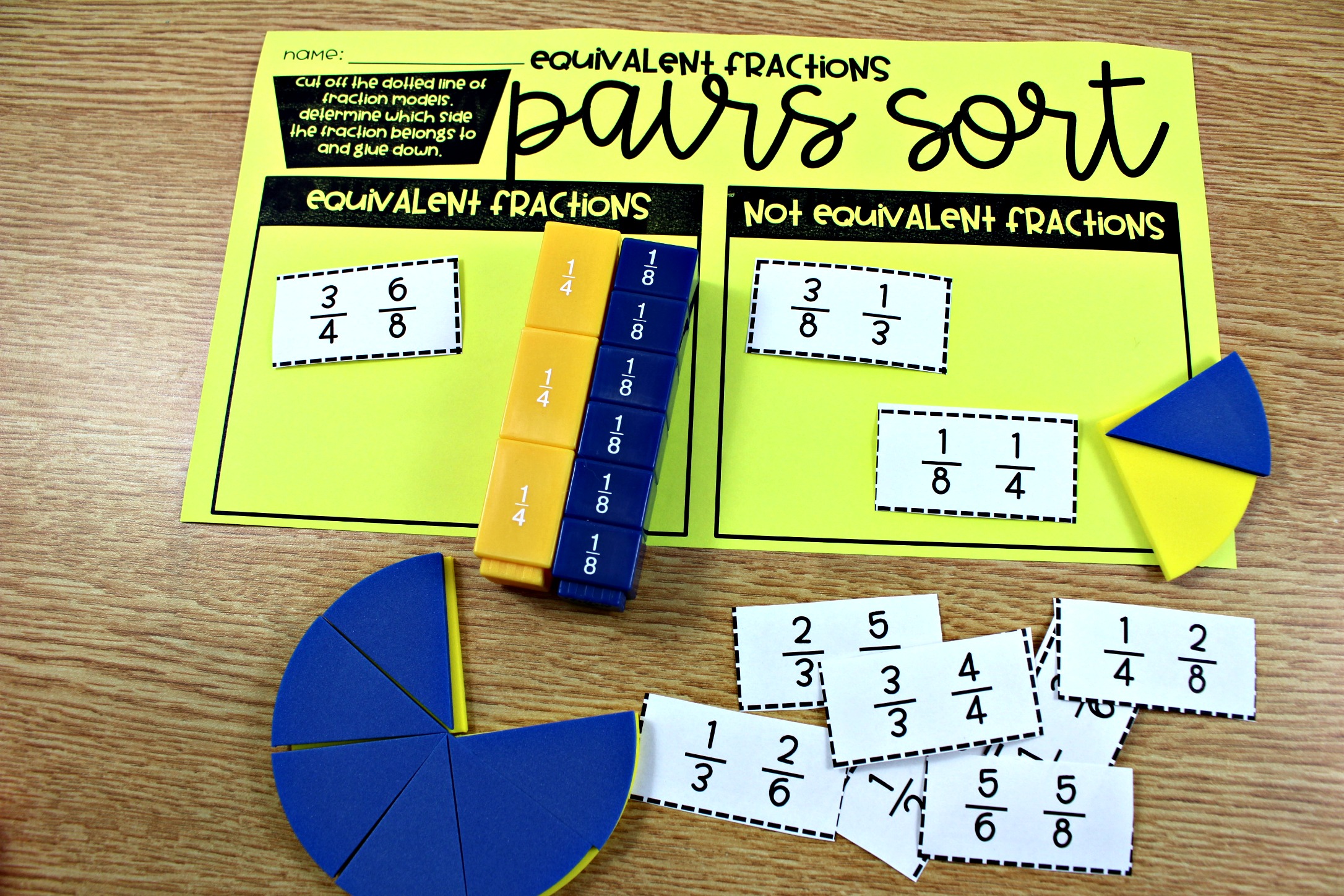High-Yield Strategies for Math Success in Upper Elementary
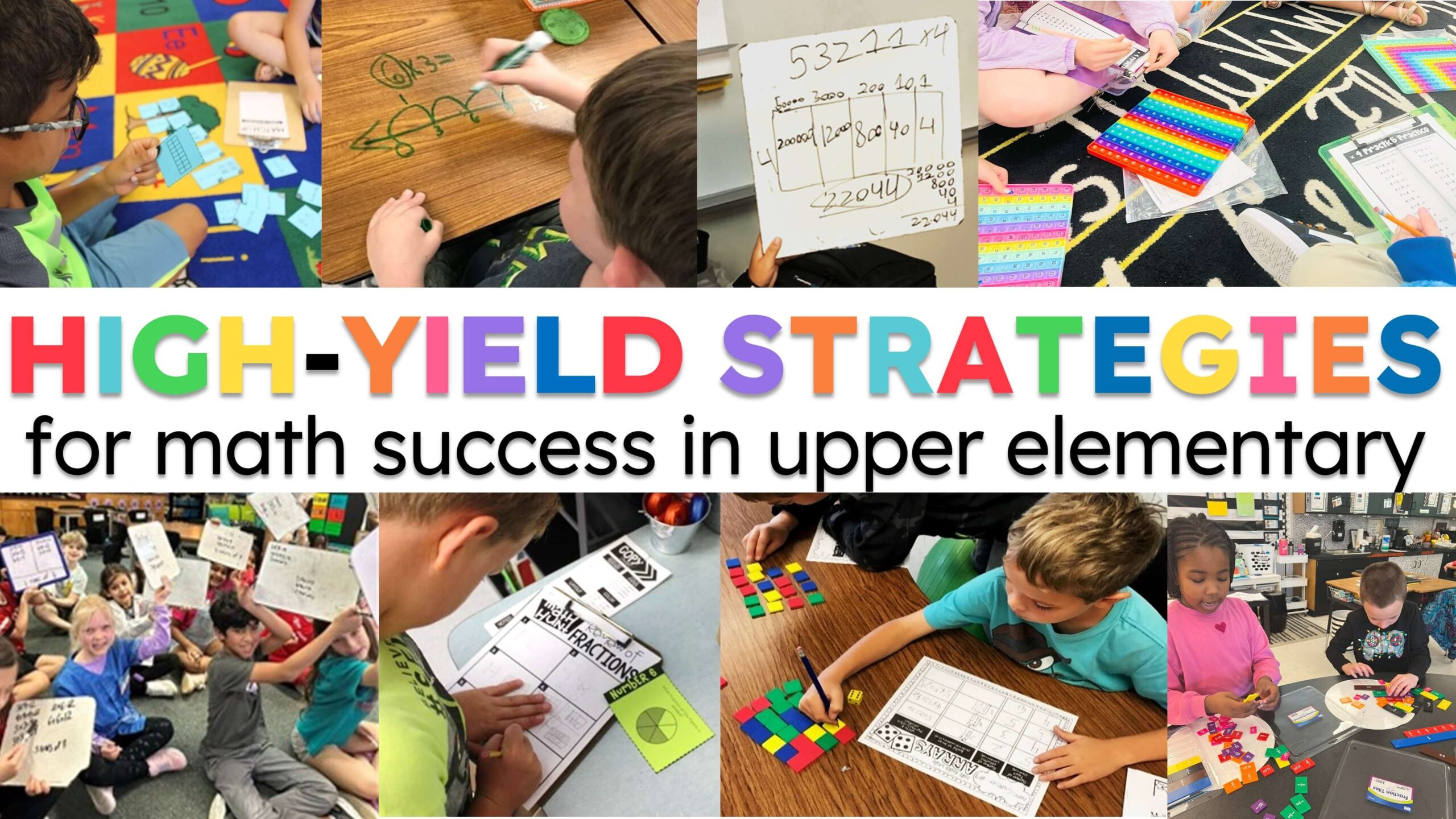
Helping students in grades 3–5 master increasingly complex math concepts is key to their long-term success. By this stage, students are moving from the basics into larger numbers, multi-step operations, and decimals. Strong strategies give them the confidence and flexibility they need to solve problems efficiently.
In this post, I’m sharing high-yield strategies for teaching math in grades 3–5, along with ready-to-use teaching slides and activities that make lessons interactive, visual, and effective.

Why High-Yield Strategies Matter in Upper Elementary
Math in grades 3–5 builds the bridge between concrete understanding and abstract reasoning. Students encounter larger numbers, multi-digit operations, fractions, and decimals. To thrive mathematically, students will need to pull from a foundation of math understanding rather than trying to rely on rote memorization. Because not every student shows up with a solid foundation of math skills, we can invest in high-yield strategies in upper elementary instruction.
High-yield strategies:
- Engage students with visuals and hands-on learning.
- Reinforce conceptual understanding alongside procedures
- Provide consistent scaffolds so students can access challenging content
- Save time and stay on pace with ready-to-go, classroom tested lessons
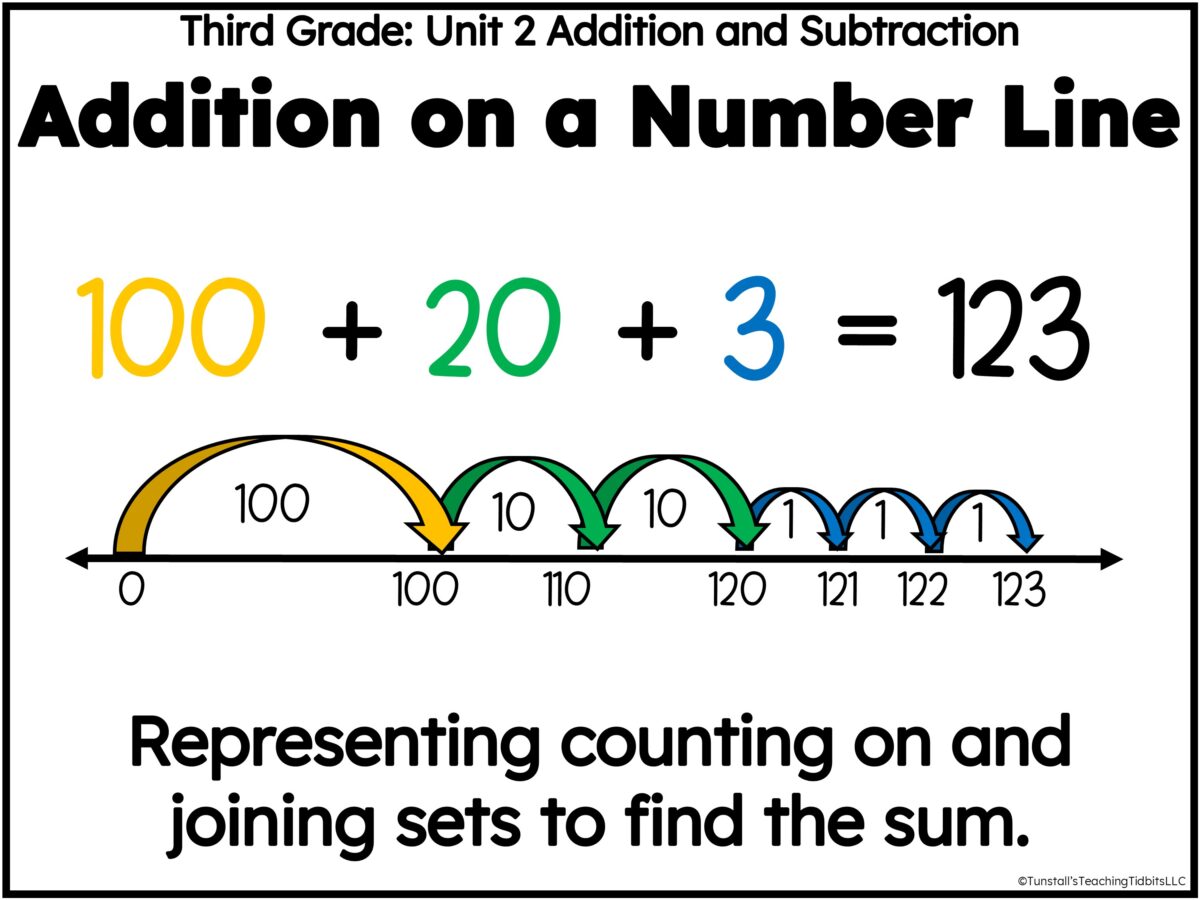
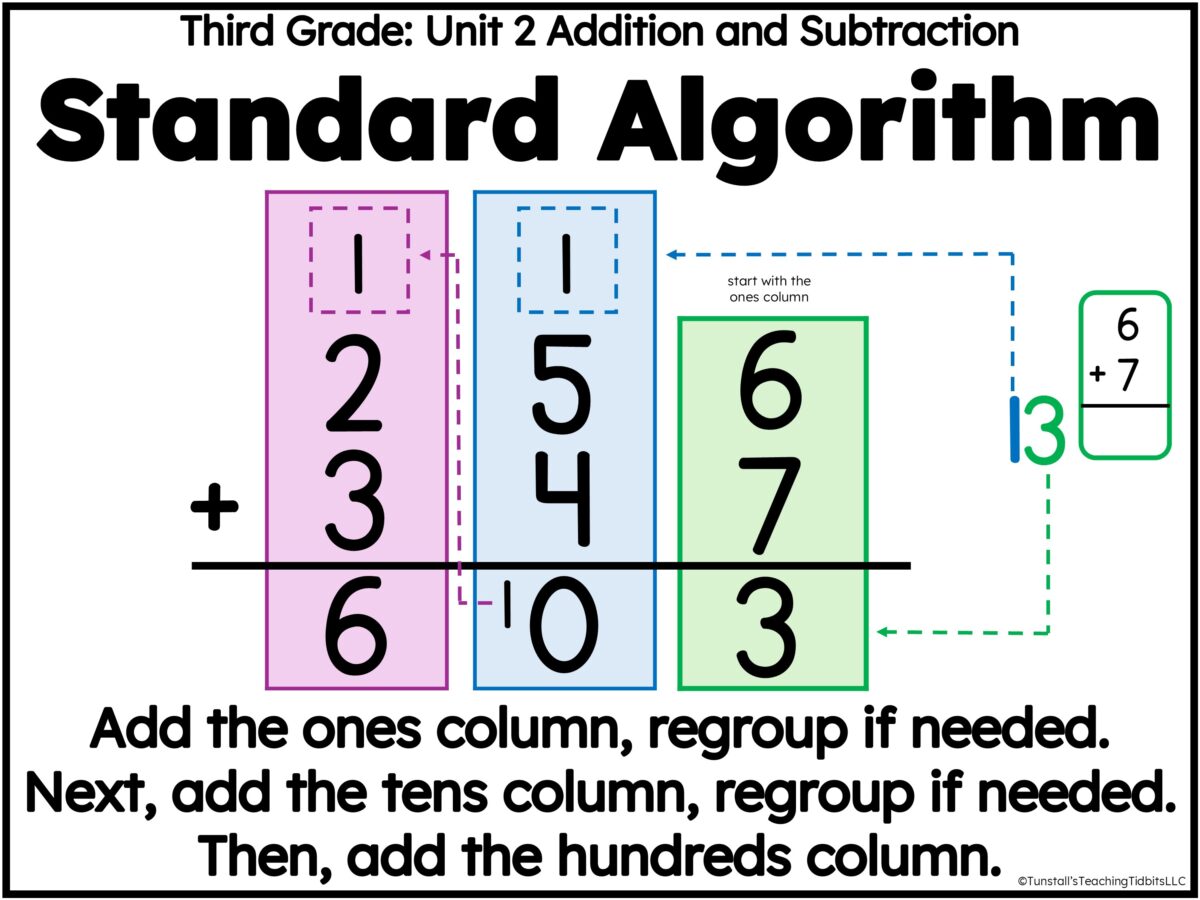
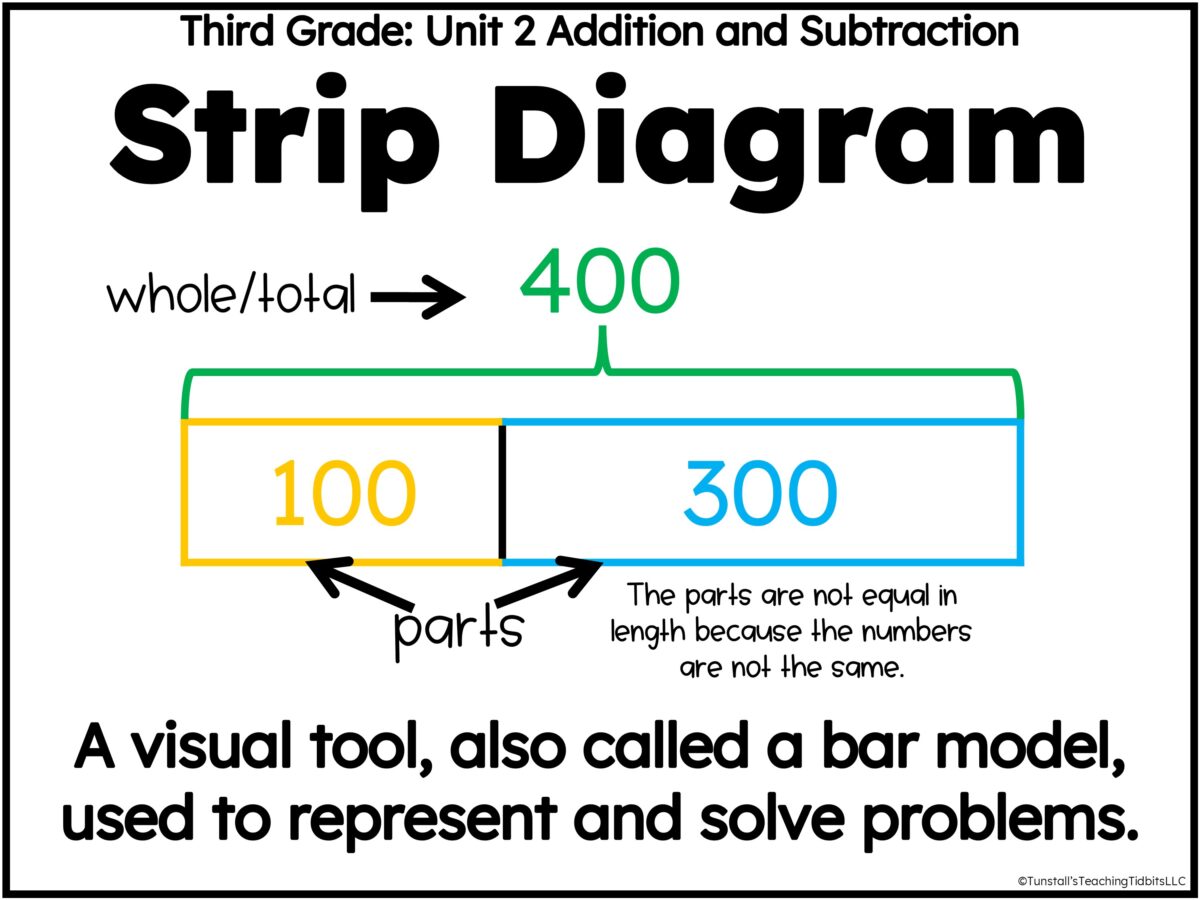
Strategy 1: Interactive Mini-Lessons with Teaching Slides (Grades 3-5)
Mini-lessons that involve students in the process make math “click” at this stage. Instead of passively watching, students actively participate by moving virtual manipulatives, discussing strategies with peers, and solving problems in real time.
Use your Guided Math Teaching Slides for grades 3–5 to:
- Model concepts like place value, multiplication, division, and decimals.
- Build in quick “turn and talk” or “solve and share” moments.
- Connect visual models to equations and problem-solving strategies.
This interactivity builds buy-in and helps students transfer skills to independent practice.
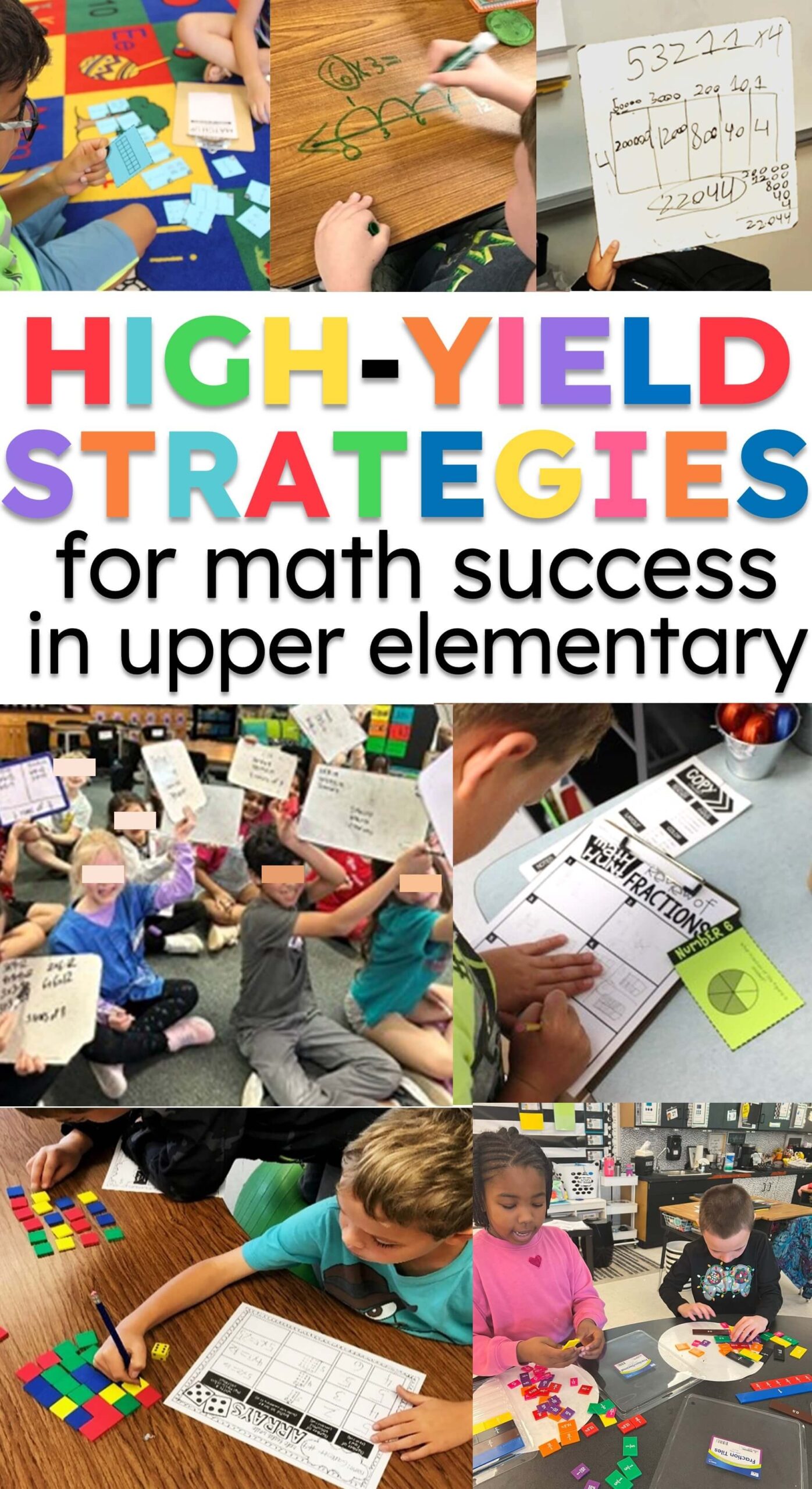
Strategy 2: Place Value as a Foundation in 3rd, 4th, and 5th Grade
Place value understanding doesn’t stop in 2nd grade, it deepens across upper elementary:
- 3rd Grade: Place value is applied to addition and subtraction with regrouping and larger numbers.
- 4th Grade: Students extend their understanding to decimals.
- 5th Grade: Place value supports operations with large numbers and decimals, including multiplication and division.

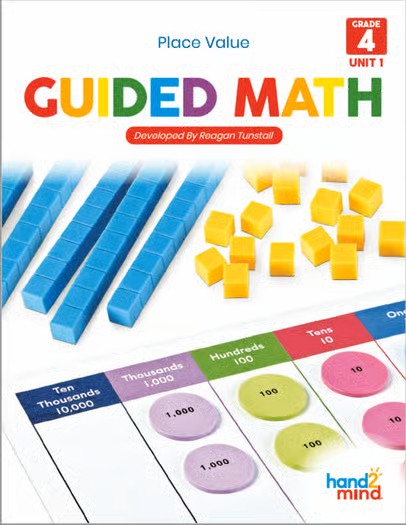
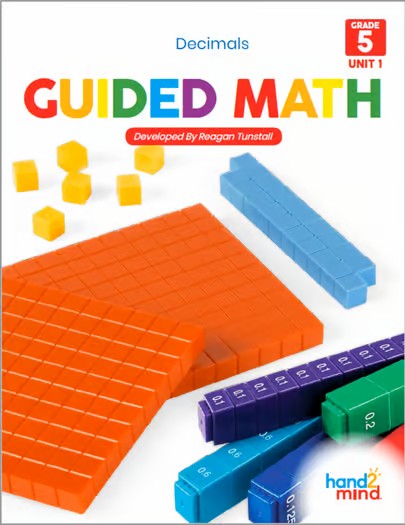
Using place value charts, teaching slides, and manipulatives ensures students can flexibly break apart and compose numbers, which supports every operation that follows.
Strategy 3: Multiplication and Division Models Across Upper Elementary
By grades 3–5, students need more than the standard algorithm. High-yield instruction builds conceptual understanding first:
- 3rd Grade: Equal groups, repeated addition, and arrays.
4th Grade: Partial products, area models, and long division strategies.
5th Grade: Multi-step problems, multi-digit multiplication, and division with remainders or decimals.
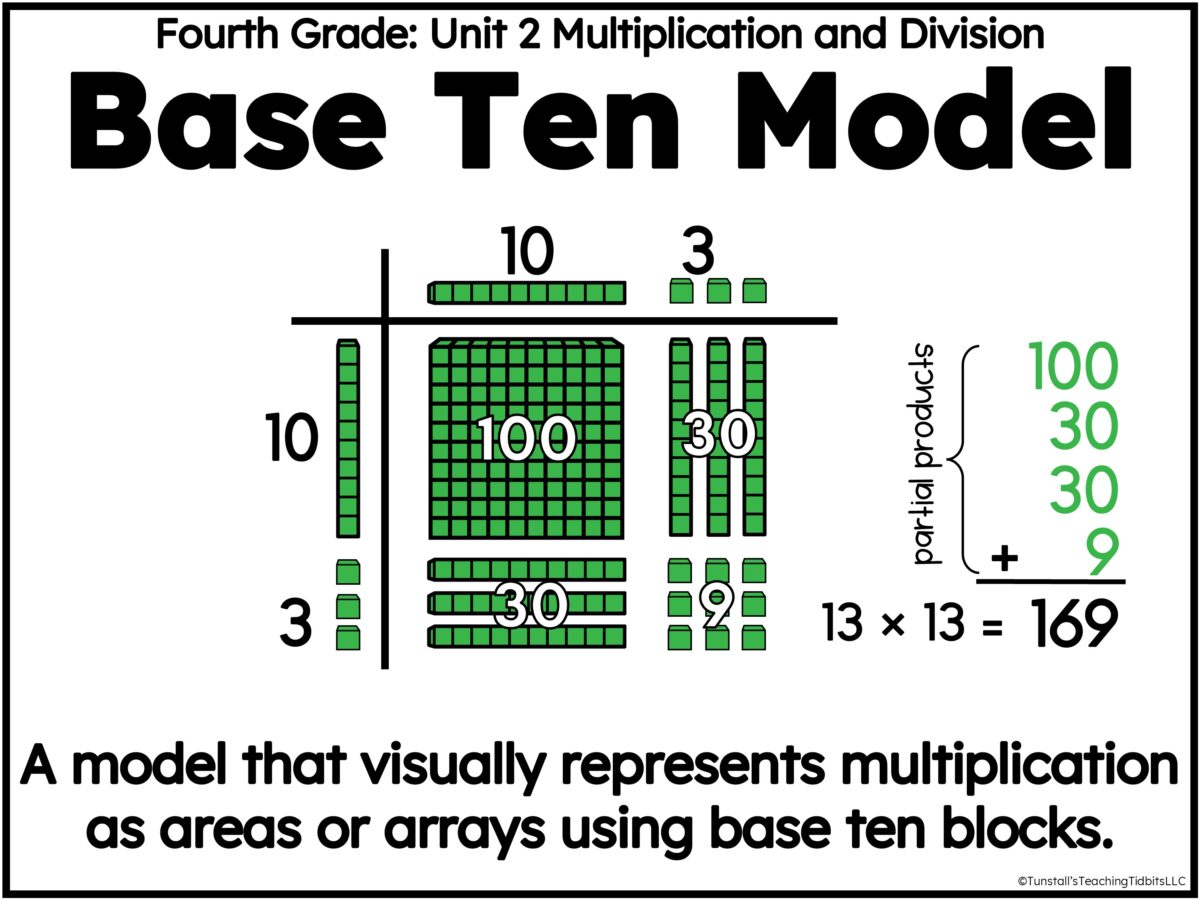
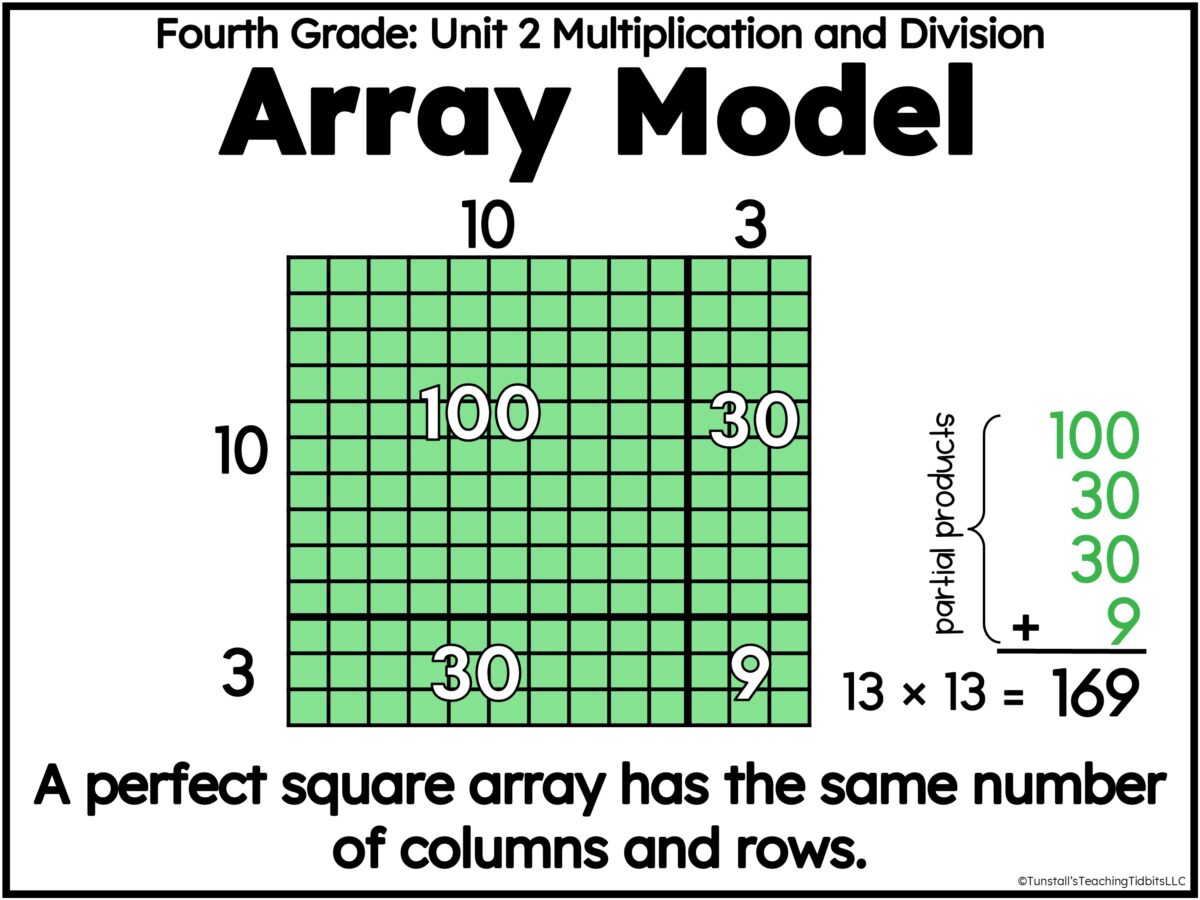
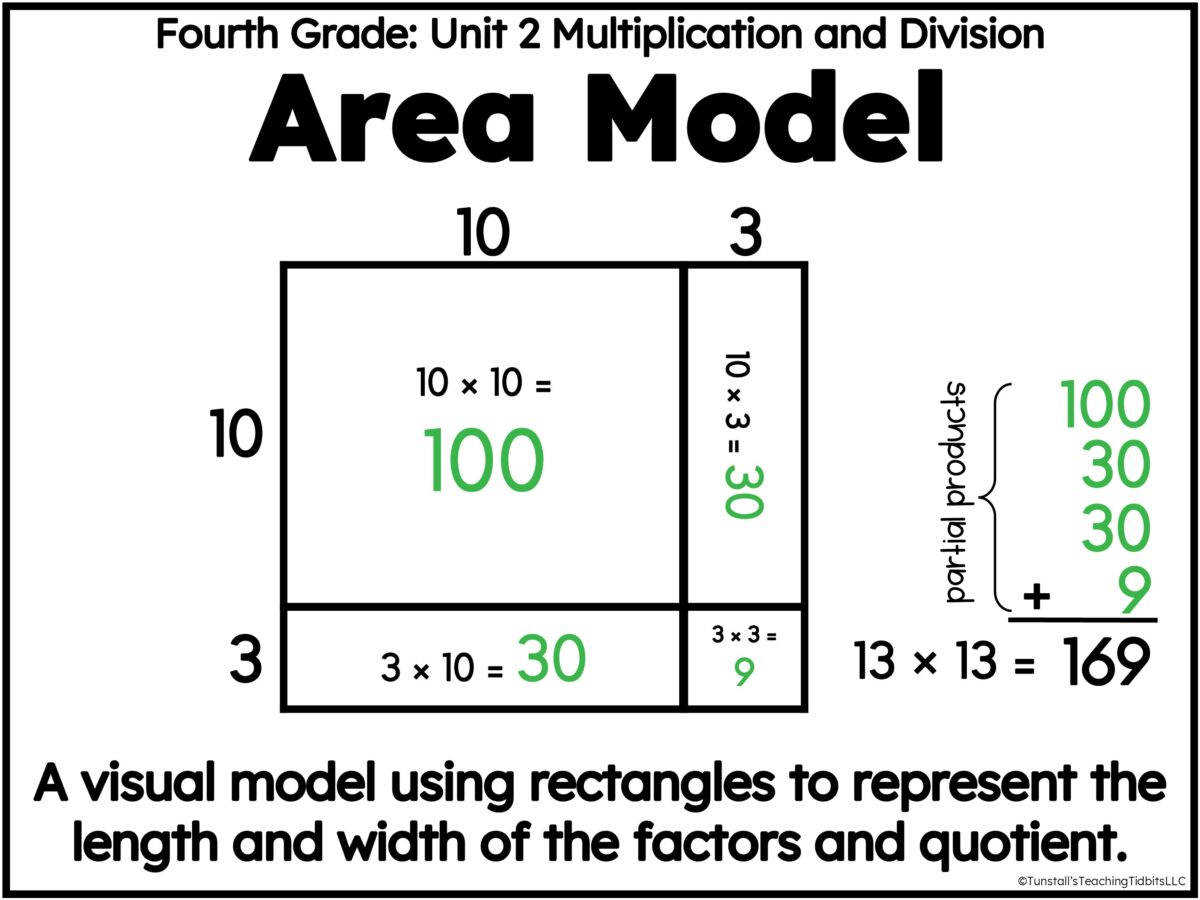
With your multiplication and division teaching slides, you can show models step by step, then guide students toward fluency with the standard algorithm.
Strategy 4: Visualizing Decimals in 4th and 5th Grade
Decimals can feel abstract, but visuals make them accessible.
4th Grade: Connect decimals to fractions and place value with base-ten models.
5th Grade: Extend understanding to operations with decimals using grids, number lines, and money models.
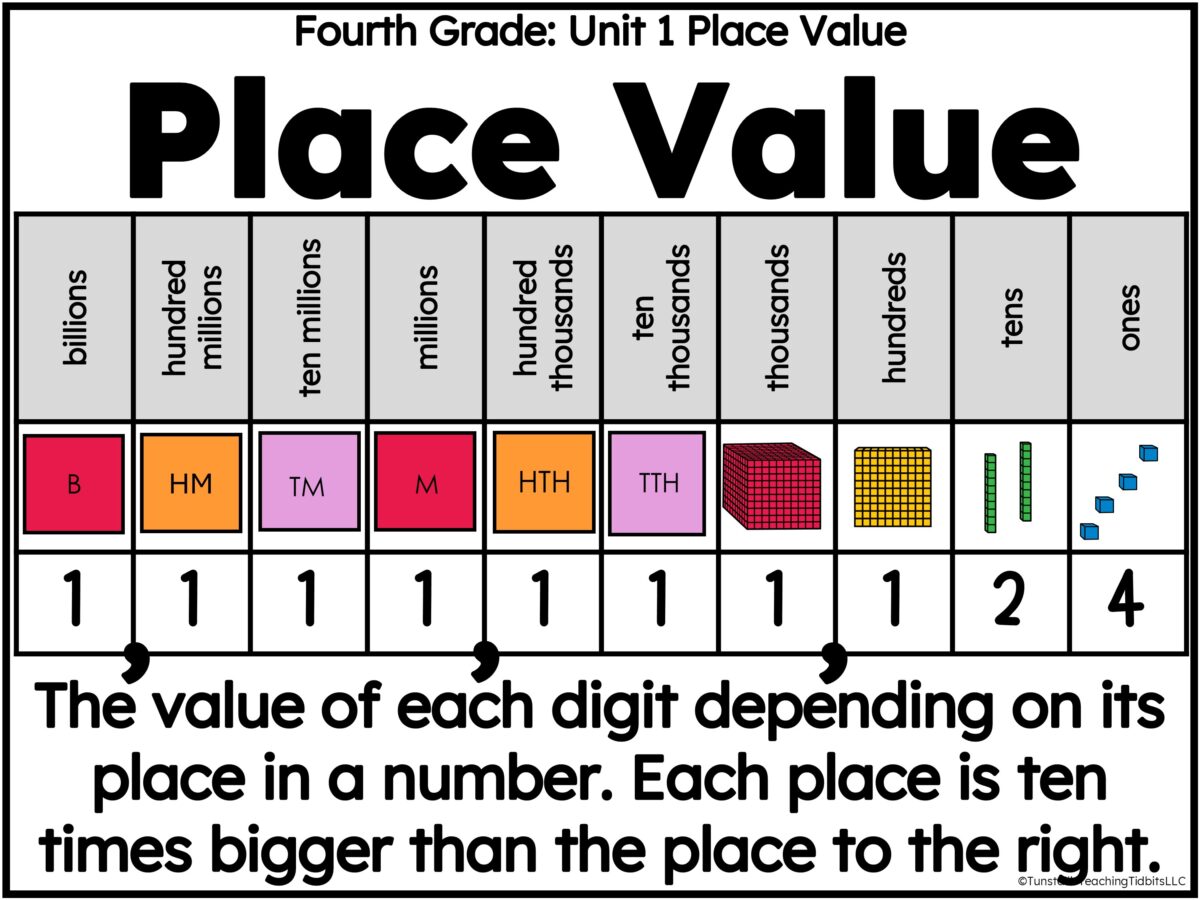
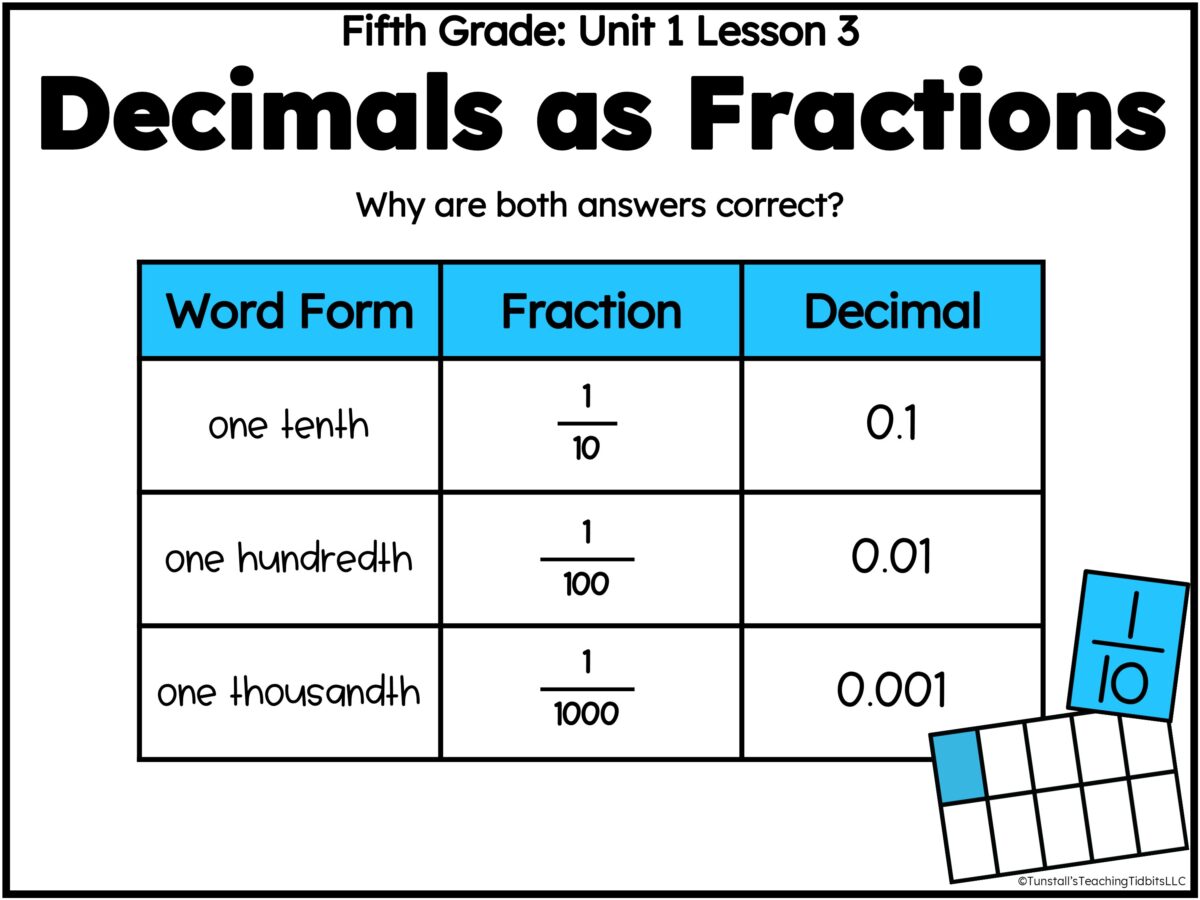
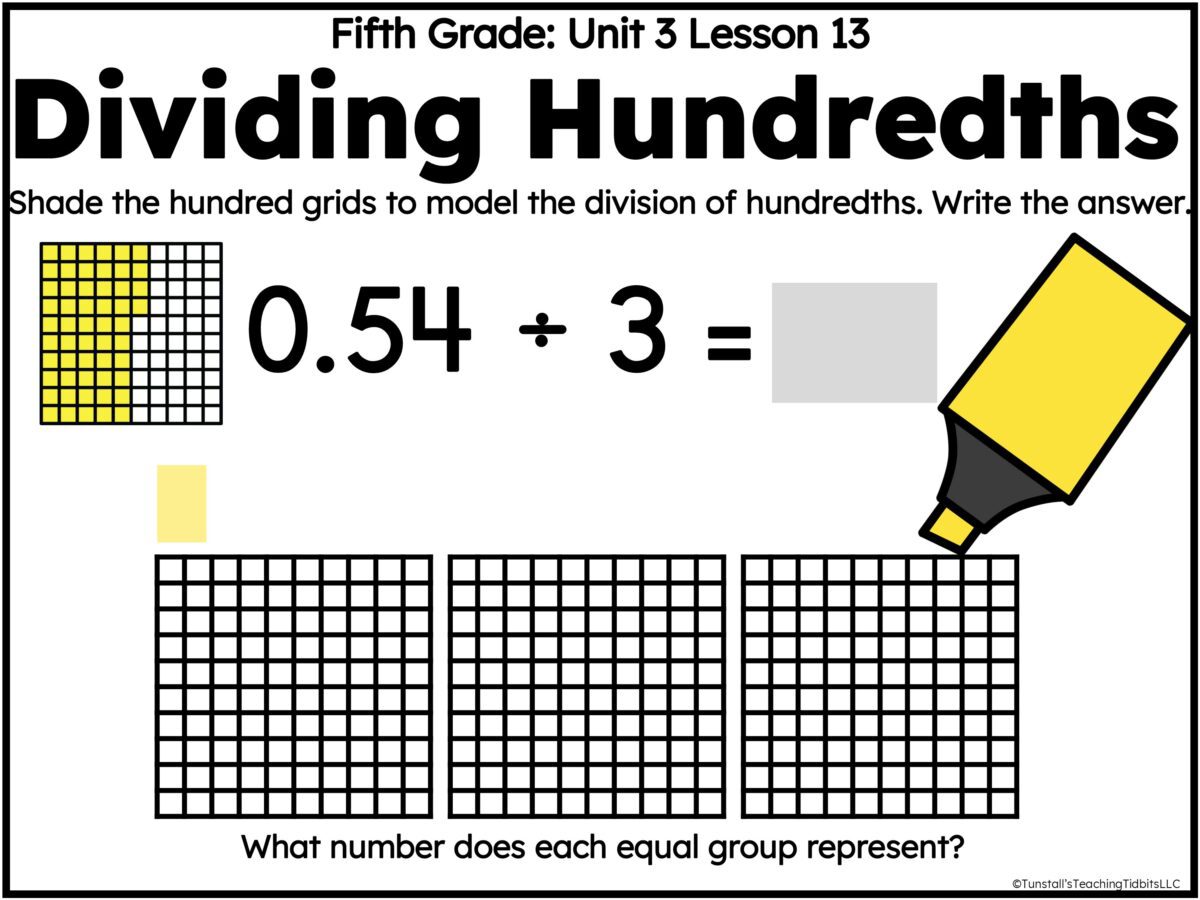
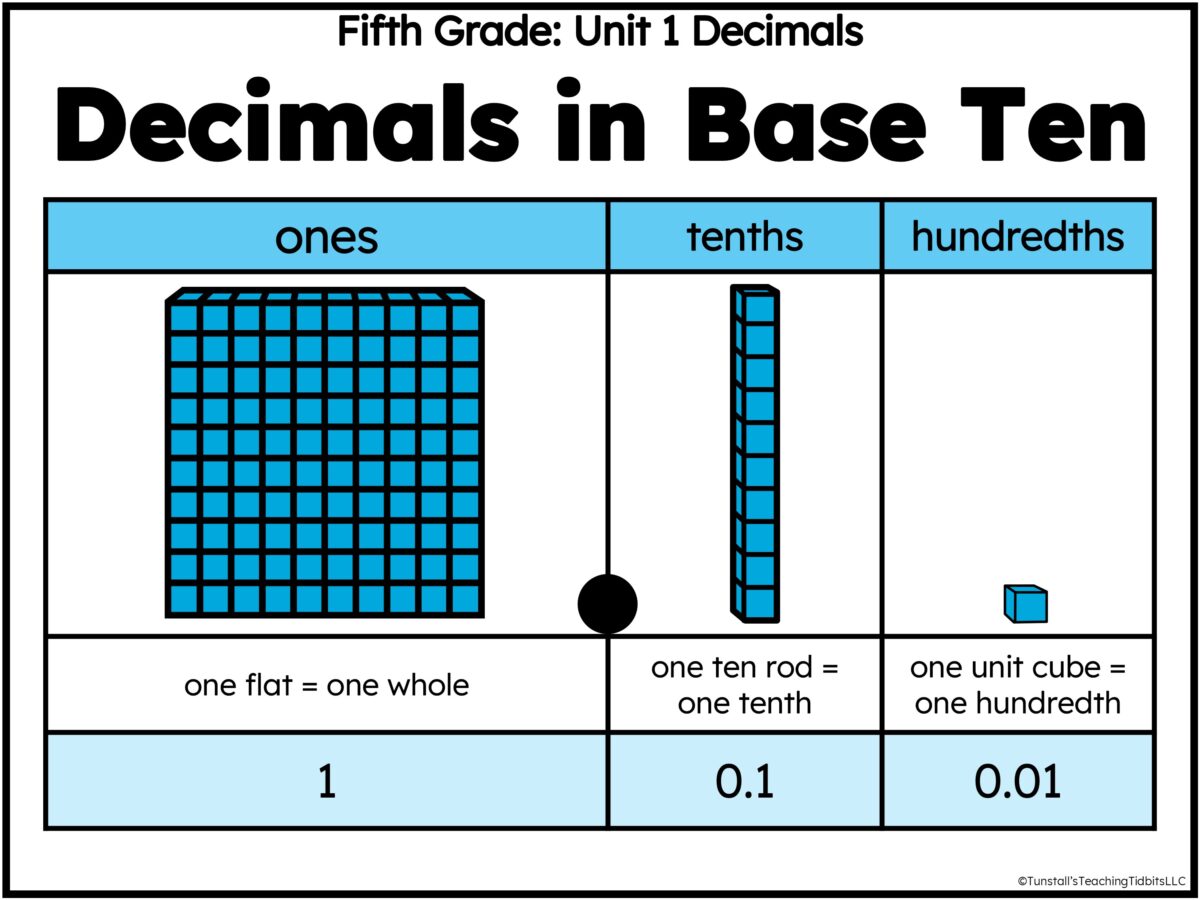
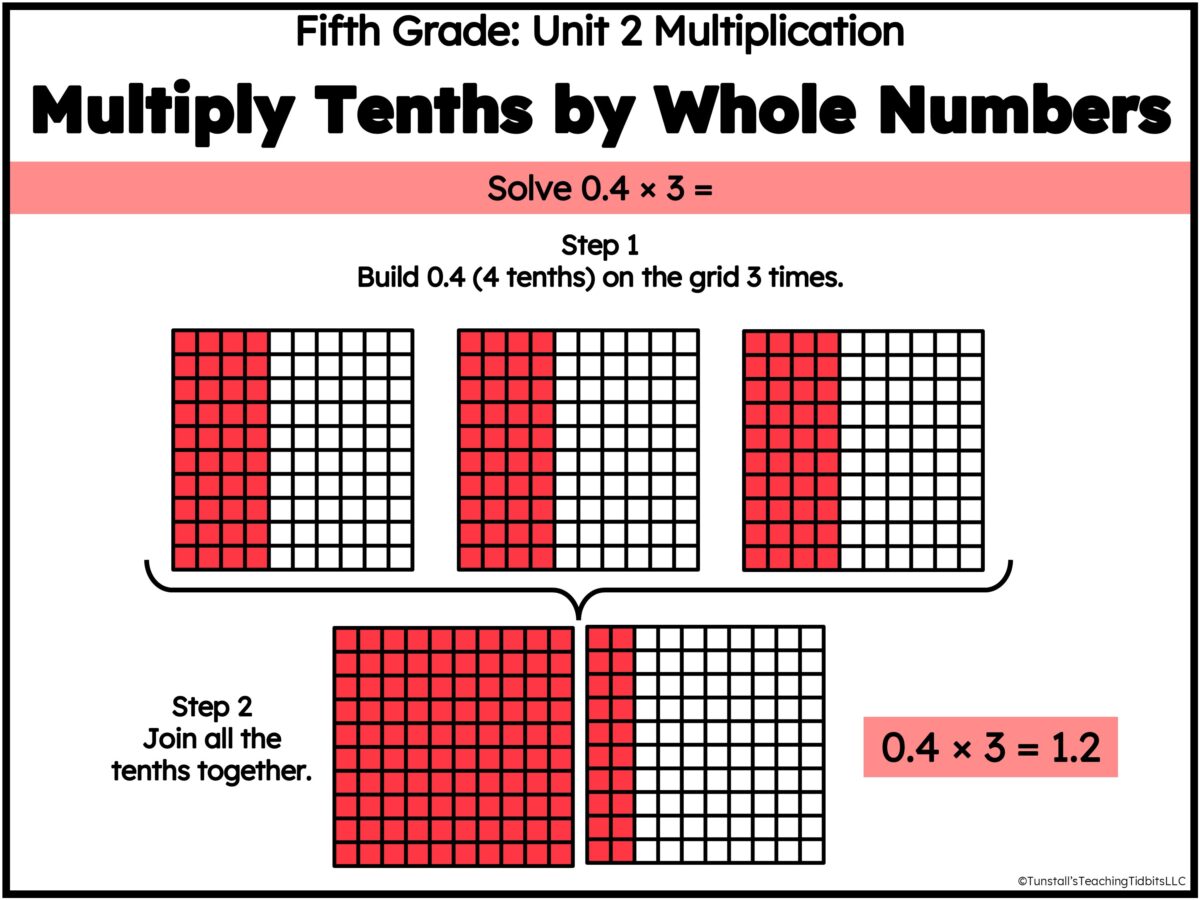
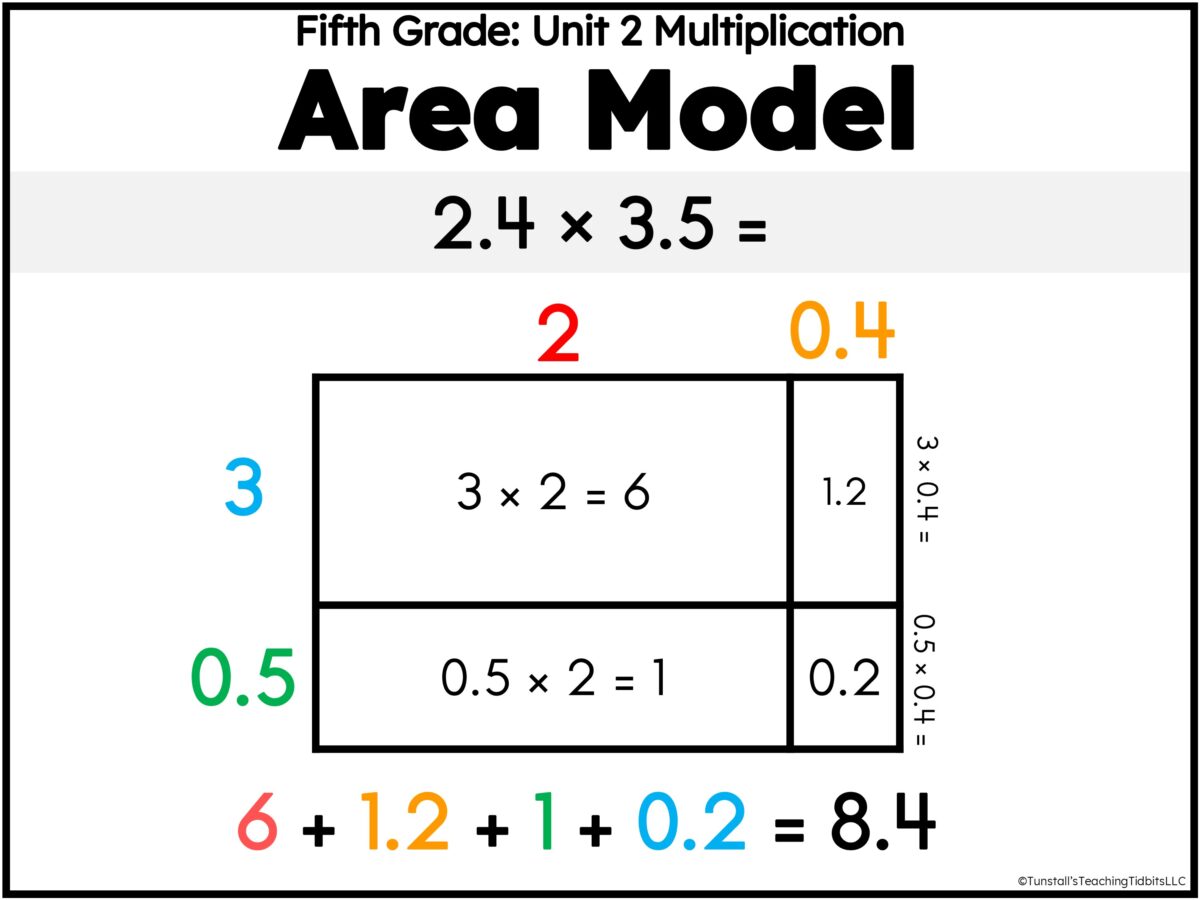
Using decimal teaching slides allows you to:
Model tenths and hundredths in place value charts.
Show regrouping with base-ten visuals.
Guide students from concrete to abstract problem solving.
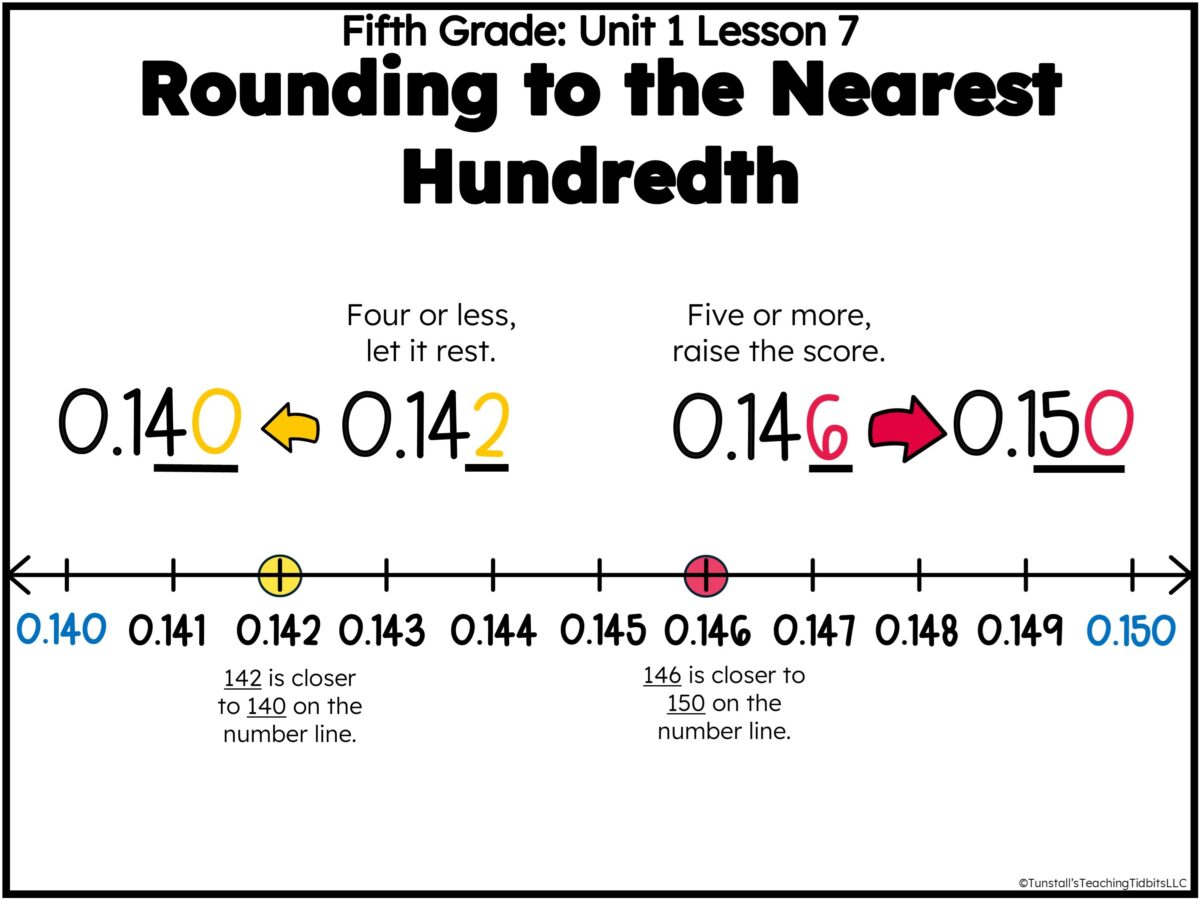
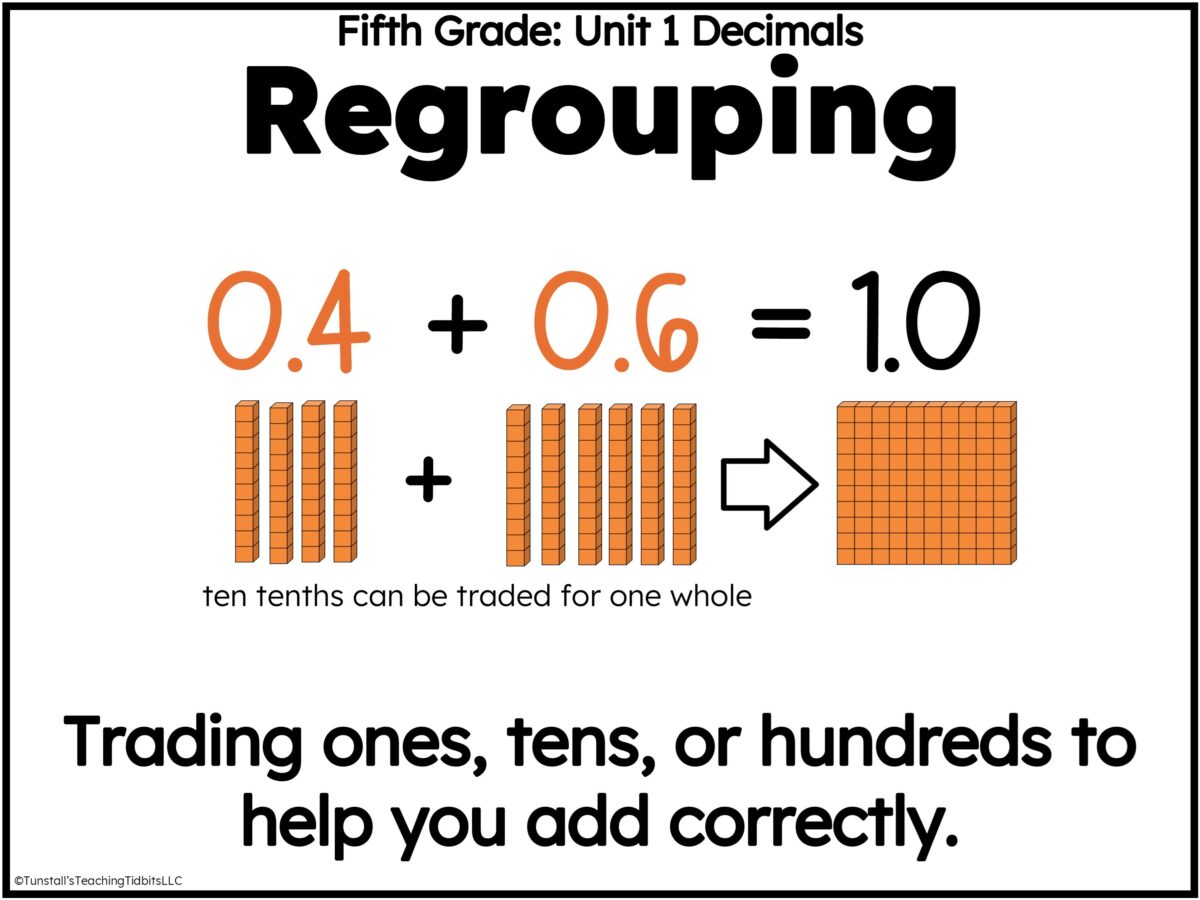
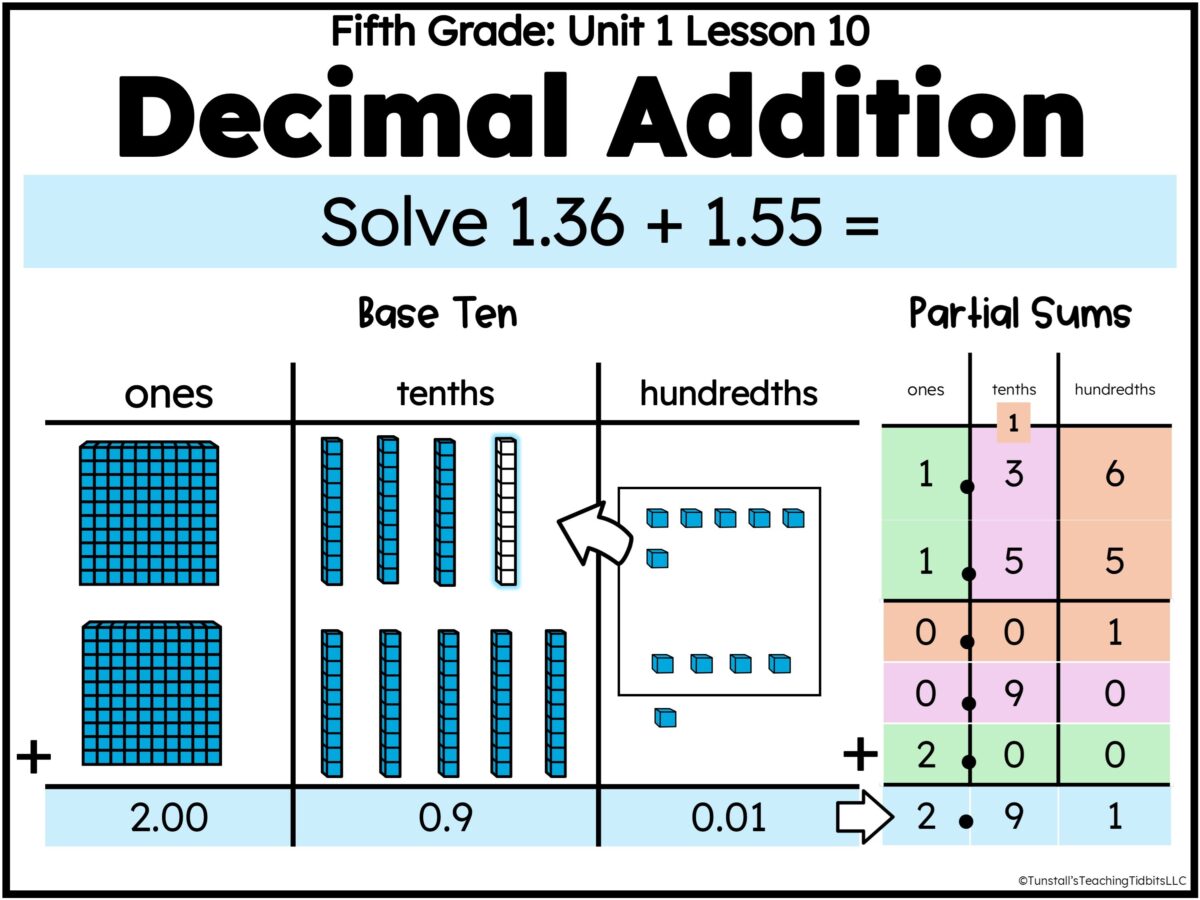
Strategy 5: Math Vocabulary and Strategy Talk for Grades 3-5
Upper elementary students need precise language to communicate their math thinking. High-yield instruction embeds vocabulary like estimate, product, quotient, compatible numbers, and partial products.
Encourage students to:
Restate problems using math vocabulary.
Explain their reasoning during mini-lessons.
Use anchor charts and posters as reference tools.
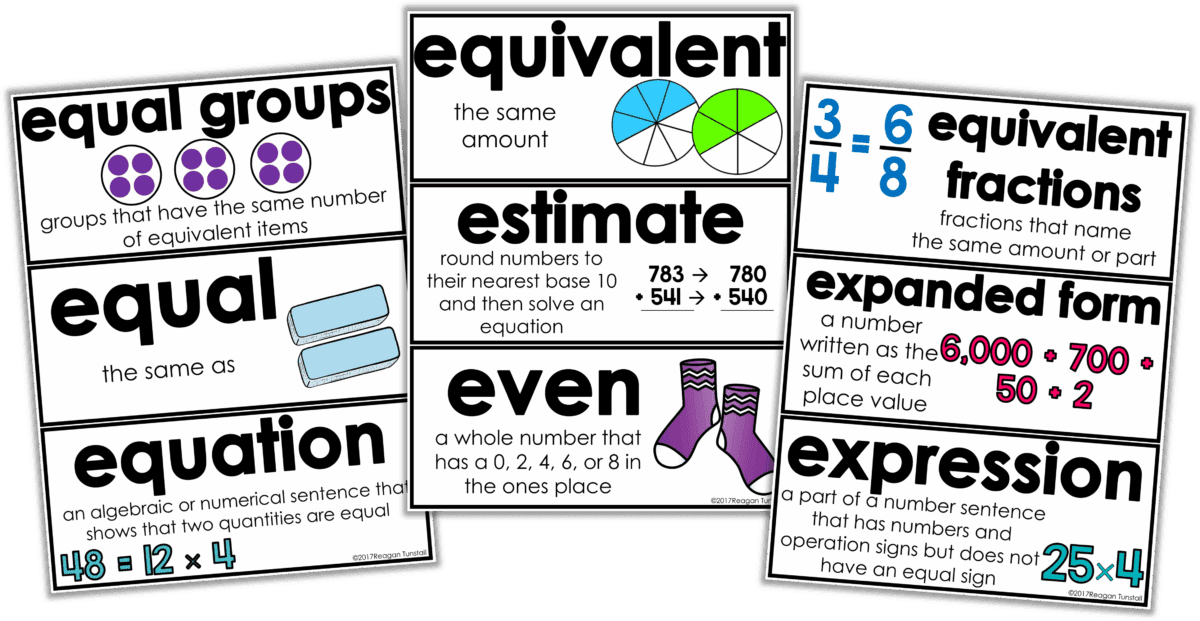
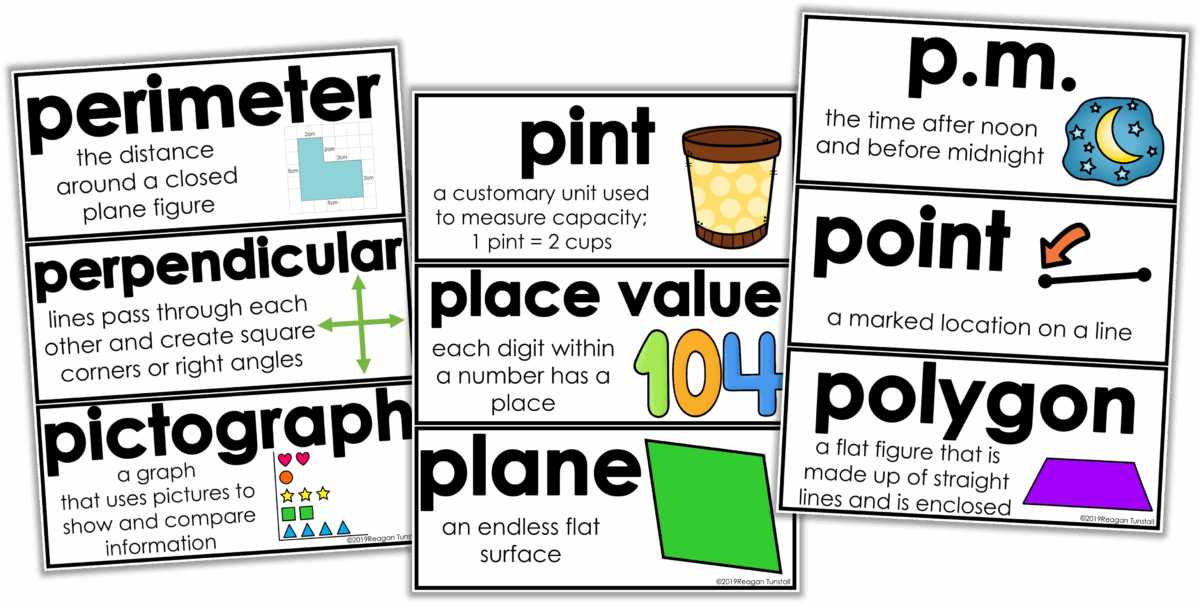
Consistent vocabulary builds both conceptual understanding and test readiness.
Strategy 6: Balanced Guided Math Stations in Upper Elementary
By grades 3–5, math learning thrives in a guided math model where students rotate through stations. The acronym STACK below shares the different stations during this time.
Small Groups: Targeted practice with current concepts.
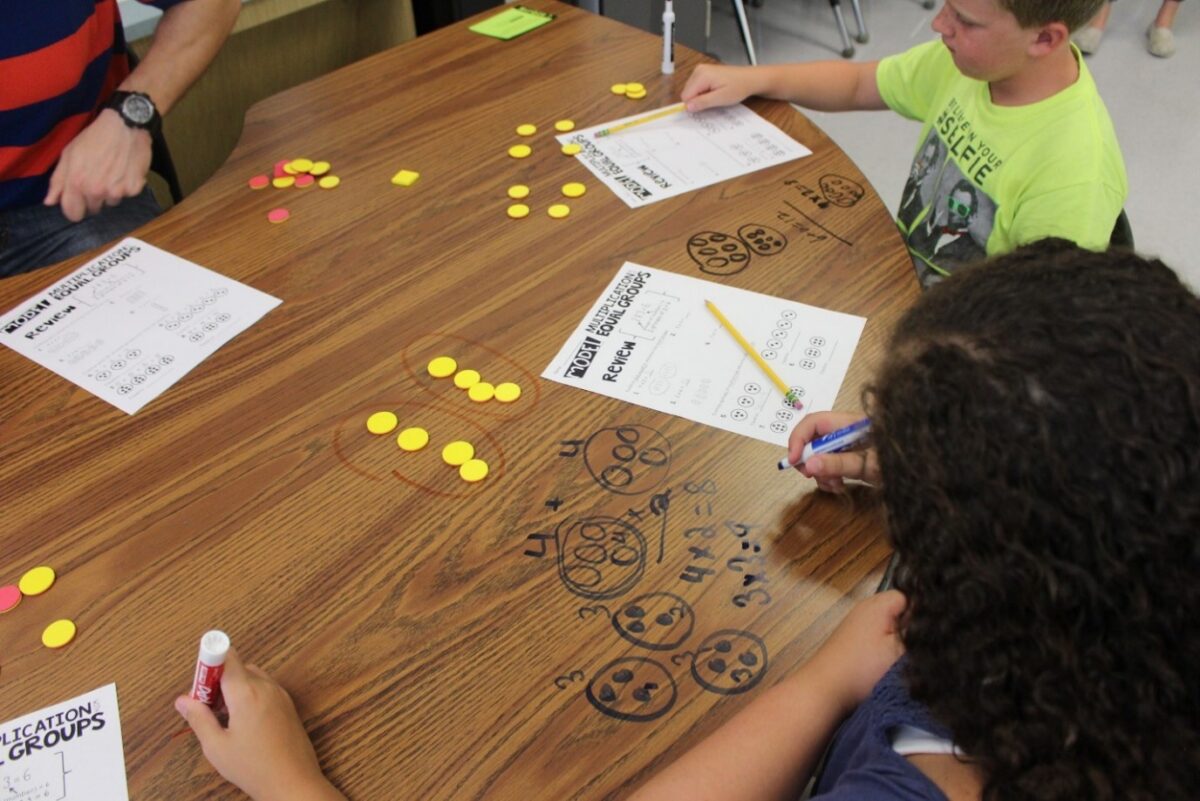
- Technology Station: Gamified review and self-paced practice.
Application Station: Independent practice
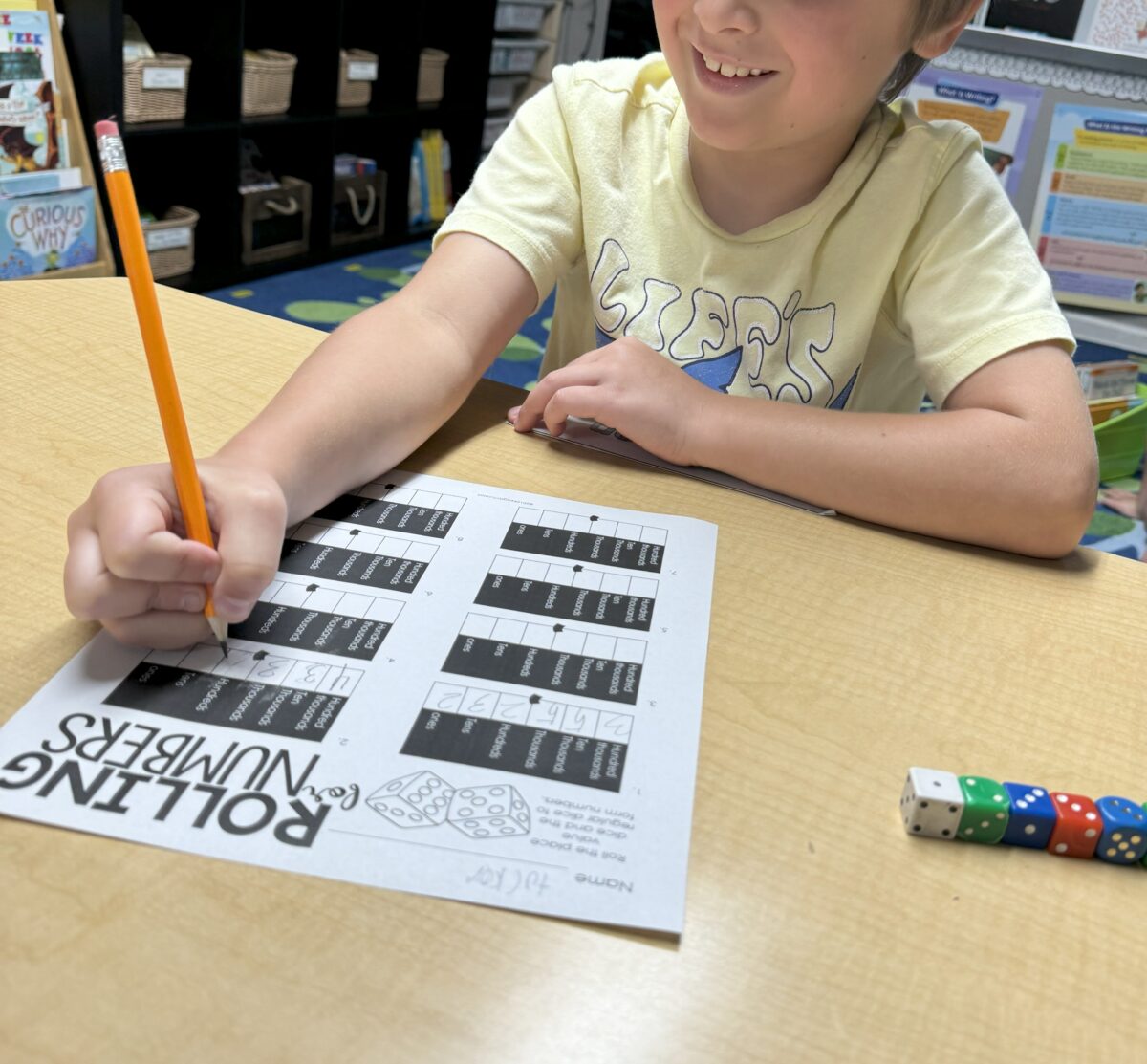
- Create-Math Journal: Interactive math activities in a composition book for a record of learning.
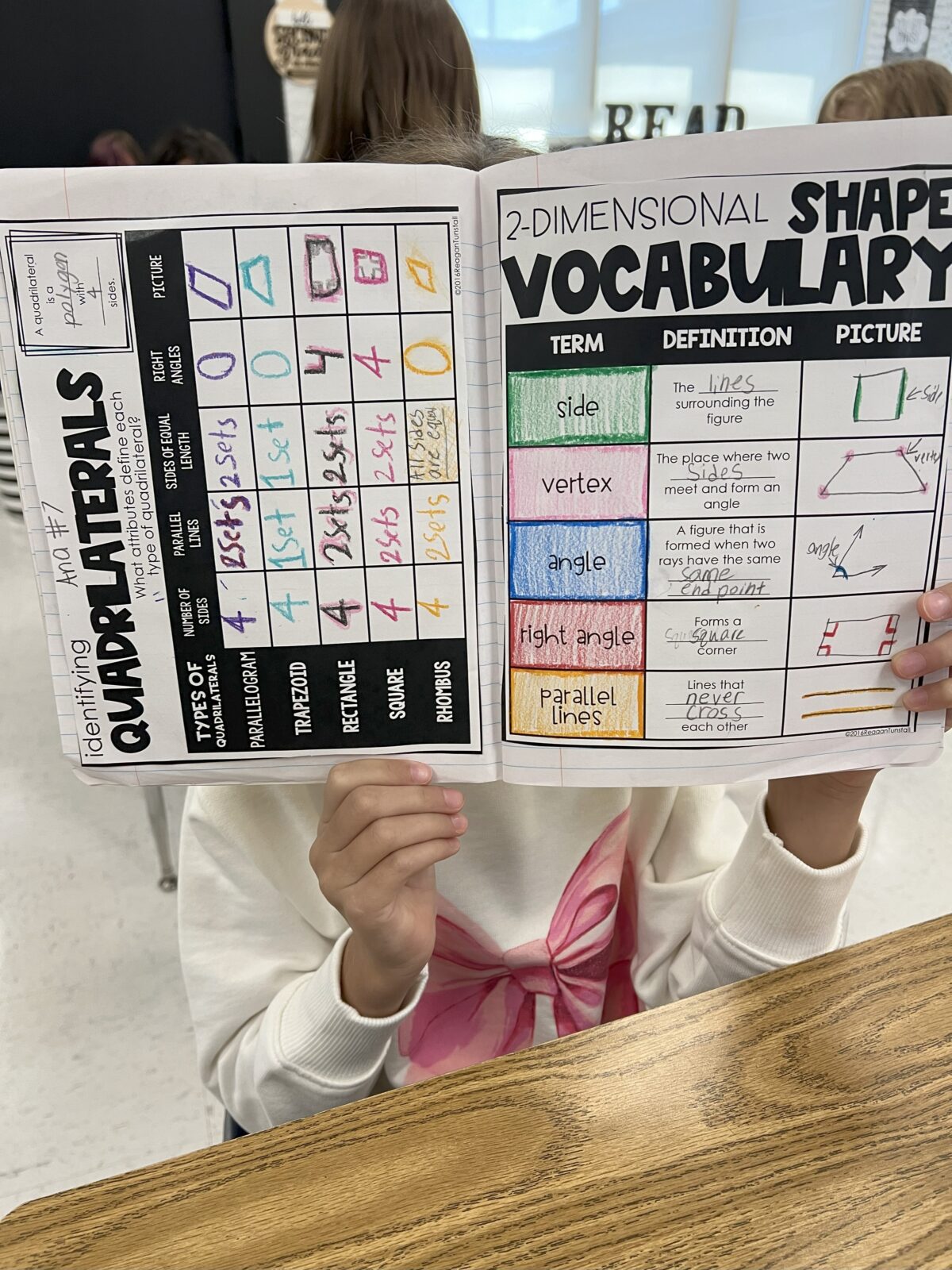
Kinesthetic Math Stations: Manipulatives, hands-on games, or interactive math mats.
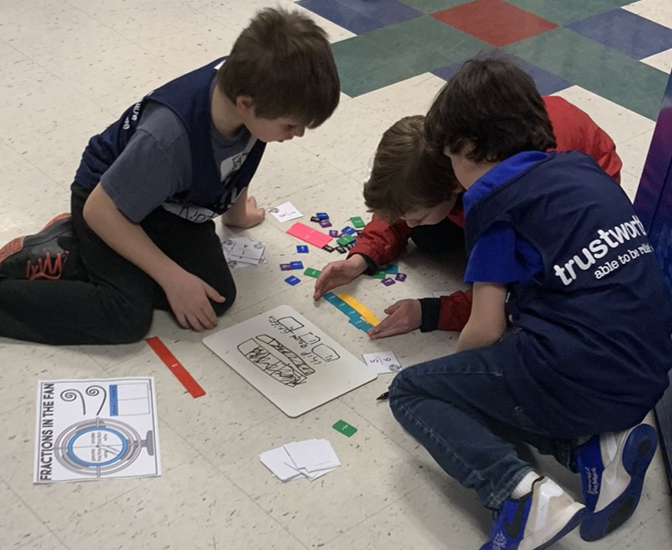
To find more information about the running math stations and small group instruction in grades 3-5, visit the post below.
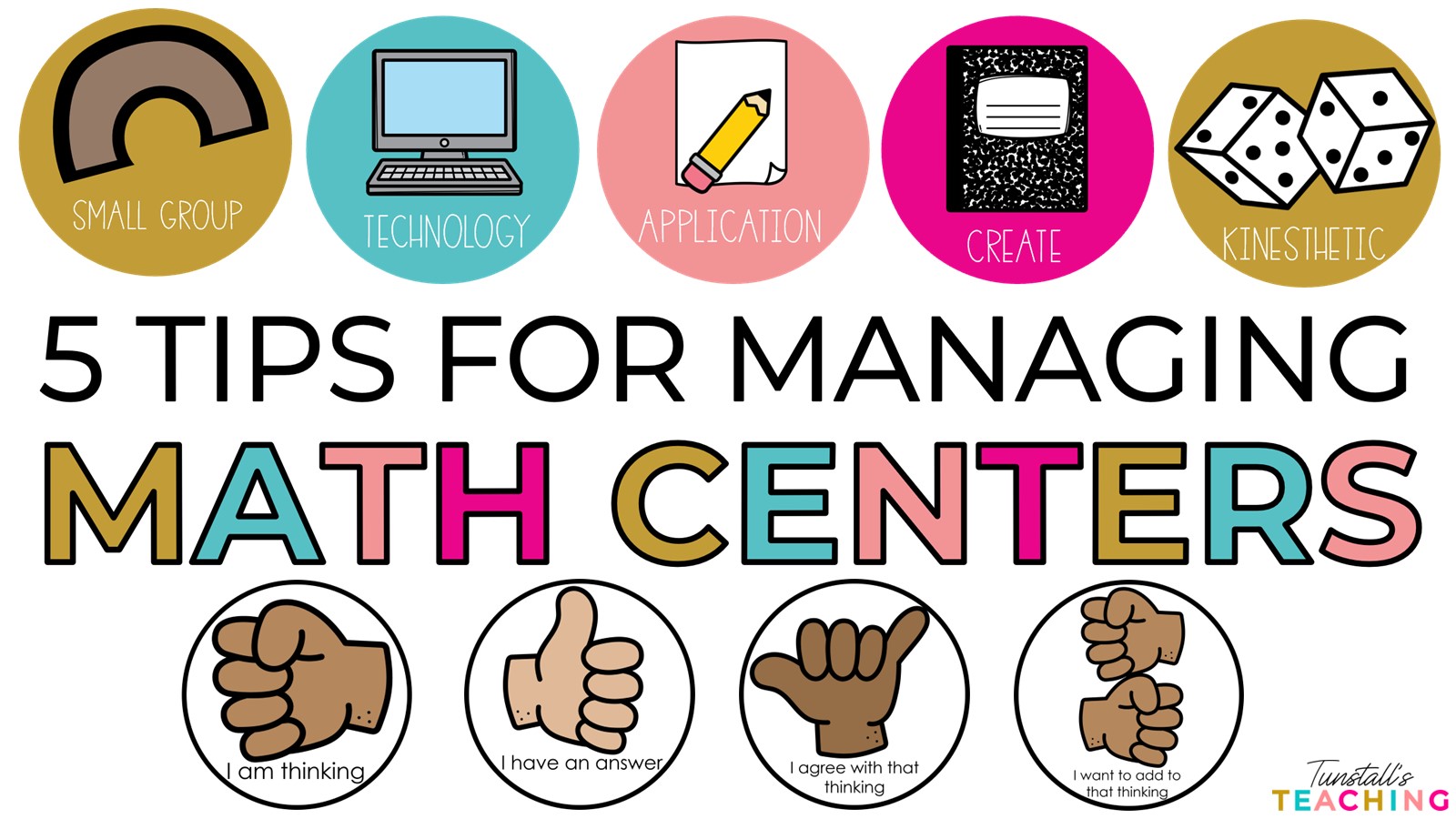
Wrap-Up: Building Math Success in Upper Elementary (Grades 3–5)
Guided Math lessons and teaching slides anchor whole-group instruction, while stations give students multiple entry points into the learning. Visit the post below to get an in depth look at the full math block in grades 3-5.
Upper elementary math can feel intimidating, but with the right strategies and scaffolds, students can confidently master place value, multiplication, division, and decimals.

 Contact Us
Contact Us